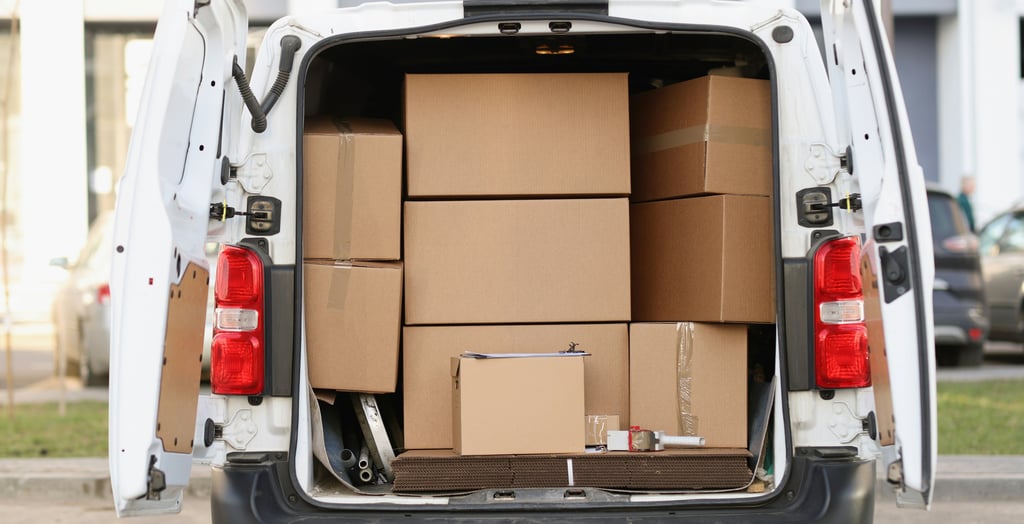Understanding Chargeable Weight in International Flower Shipping: Volume vs. Actual Weight Explained
New to importing dried and preserved flowers? Learn how freight companies calculate shipping costs—by actual weight or by volume—and avoid unexpected charges.
EterniBlossom
7/31/20252 min read


Understanding Chargeable Weight in International Flower Shipping: Volume vs. Actual Weight Explained
For many first-time B2B buyers of dried flowers wholesale or preserved flowers bulk from China, logistics costs can be confusing. Unlike small e-commerce parcels, cross-border flower shipments are usually billed by chargeable weight, which may differ from the actual weight of your goods. This guide explains how it works, why it matters, and how you can plan your orders to avoid costly surprises.
Why Freight Charges Are Not Always Based on Actual Weight
Most dried and preserved flowers are lightweight but take up a lot of space. Logistics providers must account for the cargo space used in their planes or trucks. If freight were charged only by actual weight, large, light goods like pampas grass or ruscus would underpay for the space they occupy.
This is why freight companies calculate chargeable weight, and whichever is greater between actual weight and volumetric weight is used to bill the shipment.
How to Calculate Volumetric Weight
Volumetric weight is determined by the dimensions of your cartons. The formula used by most air freight carriers is:
Length (cm) × Width (cm) × Height (cm) ÷ 6000 = Volumetric Weight (kg)
Example:
A carton measuring 40 × 40 × 100 cm
Actual weight = 10 kg
Volumetric weight = (40 × 40 × 100) ÷ 6000 = 26.7 kg
In this case, you will be charged as 26.7 kg, even though the flowers physically weigh only 10 kg.
How Sea Freight Charges Differ
Sea freight also considers volume, but instead of kilograms, it uses cubic meters (CBM).
1 CBM is equivalent to a 1m × 1m × 1m space.
Freight companies typically charge a minimum of 0.5–1 CBM even if your cartons are smaller.
Sea freight becomes cost-effective only when you have large consolidated shipments that can fill at least 0.5–1 CBM. For small trial orders, air freight is usually cheaper and faster.
Tips for New Buyers to Reduce Shipping Costs
Request carton optimization: Ask your supplier to compress packaging without damaging flowers to reduce volume weight.
Consolidate orders: Fewer, larger cartons are often cheaper than many small boxes.
Plan your MOQ around freight efficiency: Sometimes ordering slightly more product reduces per-unit logistics cost.
Ask for both weight and volume data: Always request carton dimensions and actual weight before confirming shipping.
Conclusion
Understanding how logistics providers calculate chargeable weight is essential when importing preserved or dried flowers. Because these products are light yet bulky, freight charges are often based on volume rather than weight. Knowing this upfront helps new buyers plan smarter orders, select the right shipping method, and control total landed costs.
Looking for a reliable dried and preserved flower supplier with optimized packaging and flexible shipping solutions?
Contact EterniBlossom today to receive our wholesale catalog and learn how we help buyers minimize logistics costs worldwide.
EterniBlossom
Premium dried flowers for global business solutions.
contact us
Request Quote
© 2025. All rights reserved.
ADRESS
No. 267 Wangjiaying, Yinlian Community, Dounan Subdistrict, Chenggong District, Kunming City, Yunnan Province, China
Email: inquiries@yunnandriedflower.com
Phone: +86 18288702389(Wechat)
Whatsapp: +1 (646)391-5524